Brazilian Breakfast: Spices, Sweets & Savory Surprises!
When you think of Brazil, what comes to mind? Carnival, samba, Amazon rainforests… and maybe even caipirinhas? But let’s shift the focus to something more morning-friendly: breakfast! A typical Brazilian breakfast isn’t just about toast and jam. It’s a flavor-packed fusion of sweet, savory, and yes—even spicy traditions.
In this post, we’ll explore the essential elements of a Brazilian breakfast table, sprinkle in some spice trivia, and offer practical tips for bringing that tropical taste into your own kitchen. Let’s dig in (or should I say… café da manhã?)
Table of Contents
- Coffee Culture: The Liquid Gold of Brazil
- Morning Must-Haves: What’s on the Table?
- Spice Up Your Morning: From Mild to Zesty
- DIY Breakfast: Recipes You Can Try at Home
- Pro Tips: How to Make It Authentic (Without Flying to Rio)
- Myth-Busting: Is Brazilian Breakfast All Sweet?
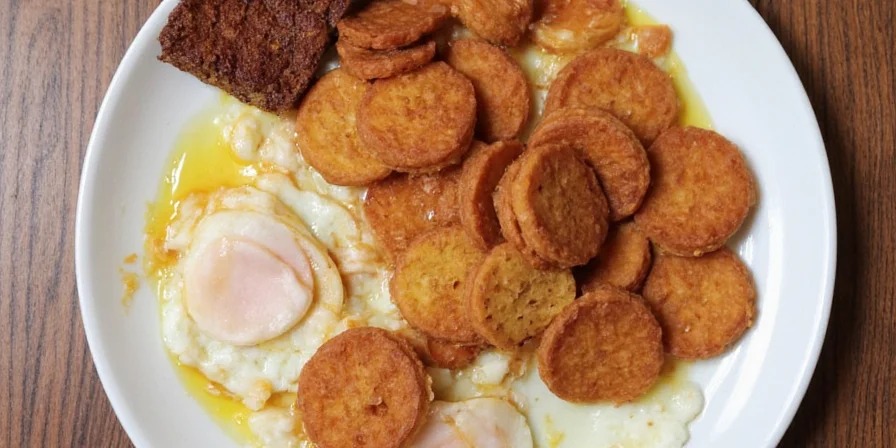
☕ Coffee Culture: The Liquid Gold of Brazil
Let’s start strong—literally—with the most iconic part of any Brazilian breakfast: coffee. Brazil is the world’s largest coffee producer, and it shows. No meal starts without a steaming cup of black coffee or a sweetened version known as café com leite.
Cultural Tip: Brazilians often drink their coffee in small amounts throughout the day, not just during breakfast. But first thing in the morning? That first sip is sacred.
| Popular Coffee Types | Description | Common Add-ins |
|---|---|---|
| Café Puro | Strong black coffee | Sugar, honey |
| Café com Leite | Coffee mixed with warm milk | Cinnamon, vanilla extract |
| Cafézinho | Mini shots of sweetened espresso-style coffee | Powdered sugar |
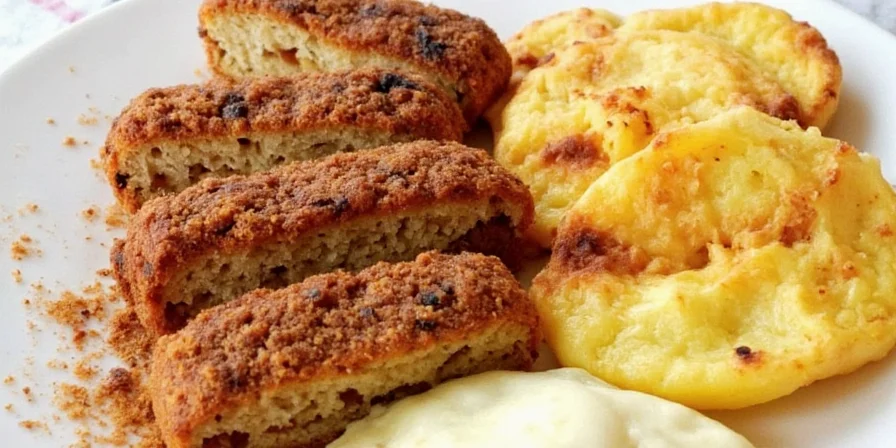
🥣 Morning Must-Haves: What’s on the Table?
A traditional Brazilian breakfast is hearty and full of texture. Think: fresh-baked breads, tropical fruits, cheeses, and sweet spreads. Here are the essentials:
- Pão de Queijo: Cheesy, chewy, gluten-free bread made from cassava flour.
- Pão Francês: Crispy French roll-style bread, perfect for buttering or dipping.
- Goiabada: Guava paste, usually eaten with cheese (goiabada com queijo).
- Tropical Fruits: Mango, papaya, banana, pineapple, passion fruit.
- Milk or Juice: Freshly squeezed juices like orange or cashew are common.
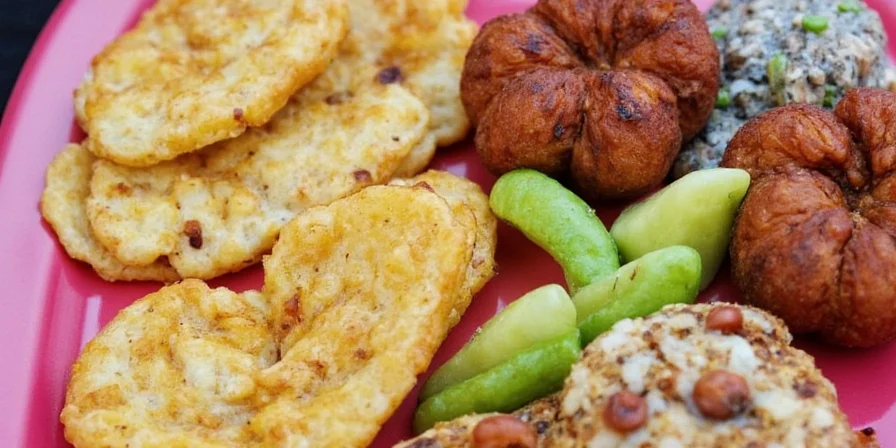
🌶️ Spice Up Your Morning: From Mild to Zesty
You might not associate Brazilian breakfast with spice, but there’s room for heat if you know where to look! While breakfast tends to be sweet-heavy, spices like chili, pepper, and aromatic herbs do make appearances, especially in regional variations.
- Black Pepper: Often sprinkled over eggs or cheese sandwiches.
- Malagueta Pepper: Adds a fiery kick to spreads or sauces used with breads.
- Cumin: Used sparingly in egg dishes or starchy sides like polenta.
- Cinnamon & Clove: In baked goods and spiced coffee drinks.
| Spice | Usage | Heat Level (1–5) |
|---|---|---|
| Black Pepper | Eggs, cheese, sandwiches | 2 |
| Malagueta | Sauces, jams, dips | 4 |
| Cumin | Egg scrambles, casseroles | 0 |
| Cinnamon | Coffee, pastries, fruit bowls | 0 |
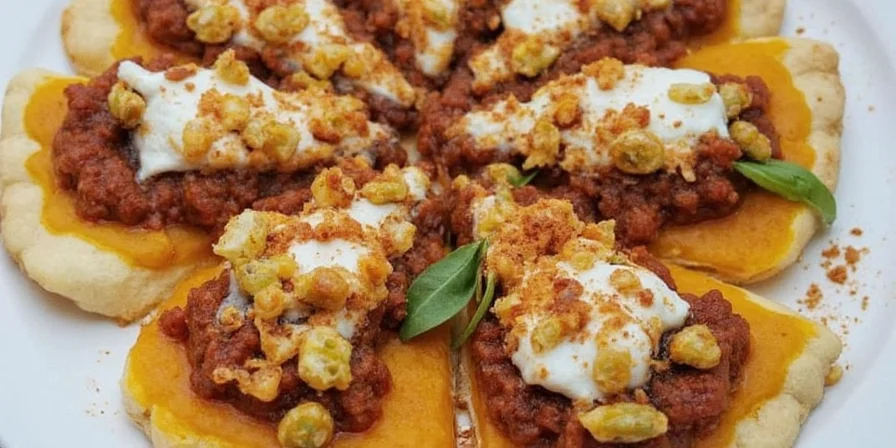
👩🍳 DIY Breakfast: Recipes You Can Try at Home
If you're curious about Brazilian flavors, here are three easy-to-make breakfast staples to try at home:
1. Pão de Queijo (Cheese Bread)
- Ingredients: Cassava flour, tapioca starch, eggs, Parmesan cheese, oil
- Method: Mix dry ingredients, add eggs and cheese, shape into balls, bake at 400°F (200°C) until golden.
2. Goiabada Com Queijo (Guava Cheese Pastry)
- Ingredients: Goiabada (guava paste), Minas cheese slices
- Method: Layer goiabada and cheese on a panini press or skillet until slightly melted and golden.
3. Café com Leite (Spiced Milk Coffee)
- Ingredients: Strong brewed coffee, hot milk, cinnamon powder, vanilla extract
- Method: Brew coffee, mix with heated milk, and finish with a pinch of cinnamon or a dash of vanilla.
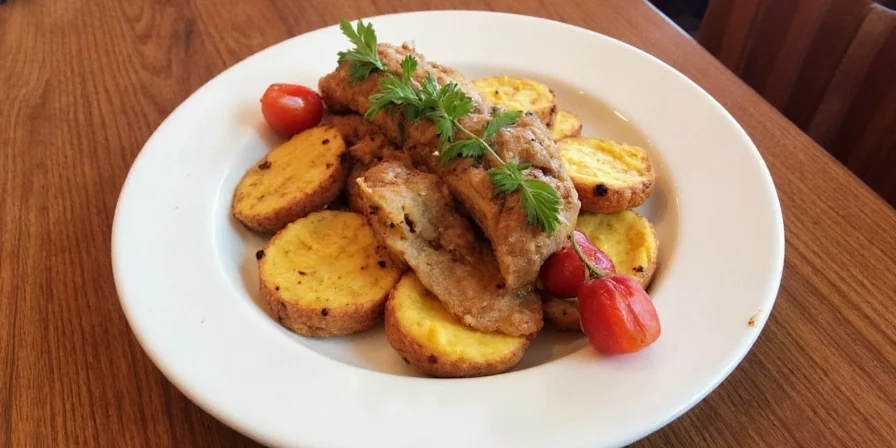
📌 Pro Tips: How to Make It Authentic (Without Flying to Rio)
Want to bring a touch of Brazil to your kitchen? Here are five expert-approved hacks:
- Fresh is Best: Use freshly grated cheese and homemade goiabada when possible.
- Warm the Breads: Toast or gently warm pães before serving for maximum texture and aroma.
- Ditch the Syrups: Opt for natural fruit juices or spiced milks instead of sugary syrups.
- Use Local Spices: Substitute imported malagueta with habanero or Thai chilies for a similar punch.
- Don’t Skip the Coffee: Brew strong, dark roast beans—it’s the backbone of the meal.
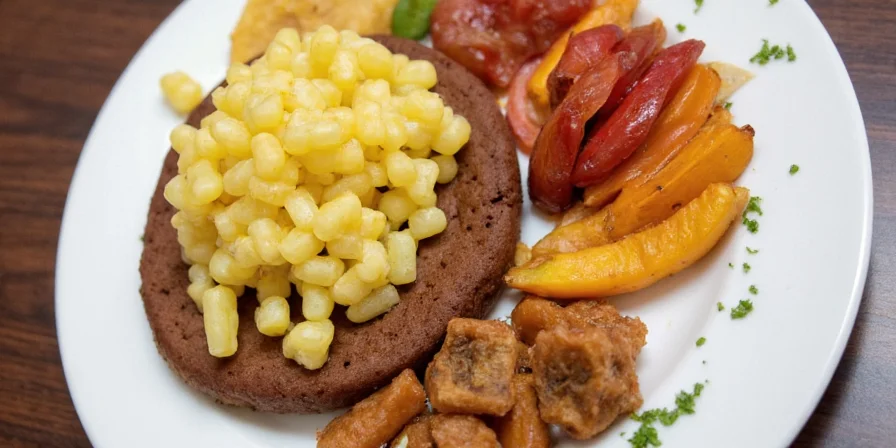
❓ Myth-Busting: Is Brazilian Breakfast All Sweet?
Short answer: Nope!
While it’s true that many traditional items lean toward the sweet side (think guava paste and sweet breads), savory options are also popular, especially in rural areas or among those who prefer a heartier start.
- Eggs: Fried, scrambled, or boiled, often seasoned simply with salt and pepper.
- Polenta: Creamy corn porridge, sometimes grilled into cakes.
- Meat Dishes: Leftovers like feijoada (bean stew with pork) might show up in the morning in certain regions.
So next time someone says Brazilian breakfast is all sweetness and no spice—you can tell them they’ve been misinformed!
📝 Conclusion: Taste the Sunshine
A typical Brazilian breakfast is more than just food—it’s a ritual. It brings people together, celebrates local flavors, and sets the tone for a bright, energetic day. Whether you’re sipping on bold black coffee or biting into a cheesy pão de queijo, every bite tells a story rooted in tradition and culture.
So, next time you wake up craving something exotic, skip the cereal aisle and reach for the spices. Bring a little bit of Brazil to your table—and don’t forget the caffeine!
Have you tried Brazilian breakfast foods before? Or do you want to try making your own pão de queijo now? Drop a comment below—we’d love to hear from you!

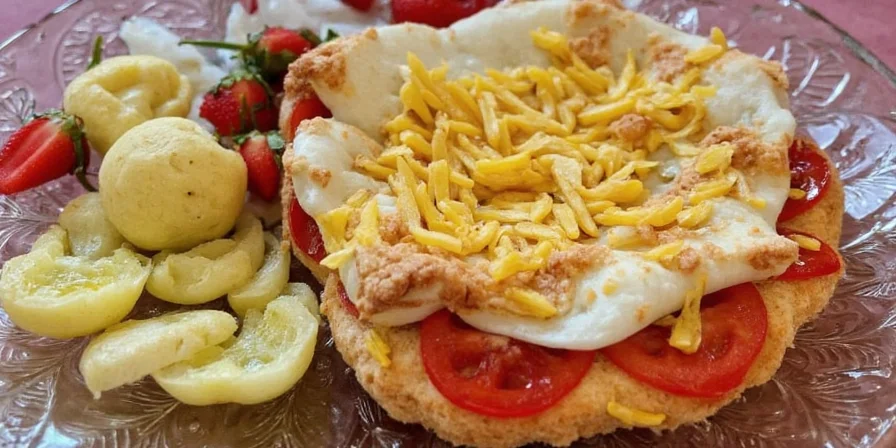









 浙公网安备
33010002000092号
浙公网安备
33010002000092号 浙B2-20120091-4
浙B2-20120091-4